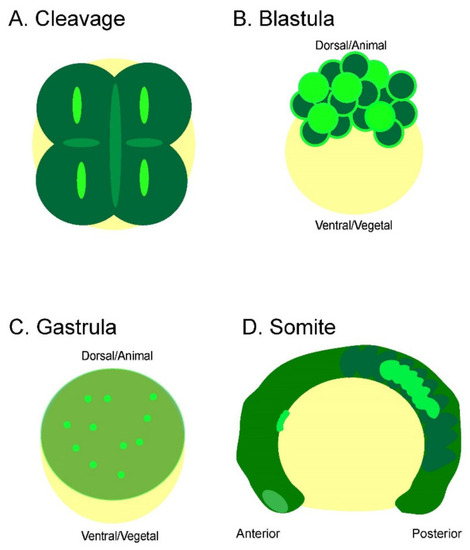Figure 6
- ID
- ZDB-FIG-221214-127
- Publication
- Silic et al., 2022 - Zebrafish Embryos Display Characteristic Bioelectric Signals during Early Development
- Other Figures
- All Figure Page
- Back to All Figure Page
|
Summary of bioelectric signaling during zebrafish embryogenesis. Each early embryonic zebrafish developmental period has distinct yet overlapping bioelectricity signals and/or patterns. ( |

